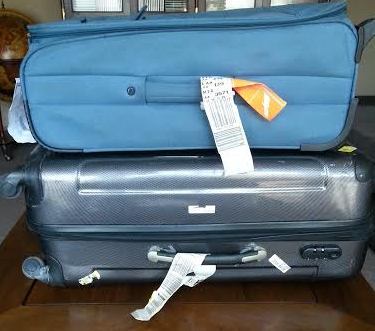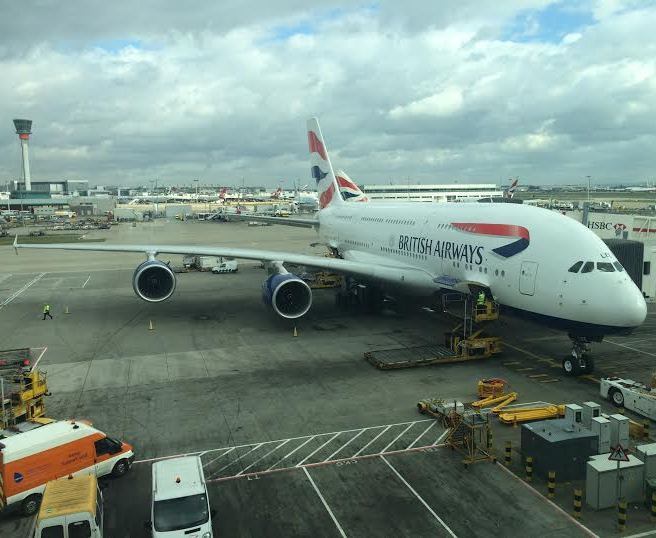 On Sunday, a 16-year-old boy defied all logic—not to mention the medical limits of physical endurance—by surviving a flight inside the plane wheel well of a Hawaiian Airlines Boeing 767 that flew from San Jose, California, to Maui’s Kahului Airport.
On Sunday, a 16-year-old boy defied all logic—not to mention the medical limits of physical endurance—by surviving a flight inside the plane wheel well of a Hawaiian Airlines Boeing 767 that flew from San Jose, California, to Maui’s Kahului Airport.
The conditions inside that wheel well were nothing short of horrific: nearly six hours inside a landing gear compartment, including a top altitude of 38,000 feet and temperatures as low as -80 degrees Fahrenheit.
How could he have survived the journey?
I distinctly remember tales of desperate people, at the end of the Vietnam War, clinging onto the landing gear of a World Airways 727 as the last flight out lifted off. They all died. There are many other accounts with similar results, which makes this boy’s story that much more remarkable.
When a person is inside a wheel well, it’s initially very warm. The hydraulic lines and tires both give off heat. But as the plane climbs, the level of oxygen in the wheel well decreases, which gradually makes a person unconscious. The tires begin to cool down and, when that’s coupled with the low oxygen, hypothermia sets in. However, in this case, there’s a certain irony: it’s this condition that actually may have preserved this boy’s nervous system’s viability.
As the plane descends, it slowly begins to warm and receives more atmospheric oxygen pressure. This adds oxygen to the environment and helps to reduce hypothermia. Those few who have survived were often found to be in a semi-conscious state once the plane had landed.
That appears to be the case here. The 16-year-old boy “woke up” an hour after the plane landed, but still seemed very confused.
Could someone else survive?
Prior to the incident yesterday, the last time a person stowed away and survived was on a 35-minute domestic flight within Nigeria in August 2013. That flight never ascended higher than 25,000 feet.
According to the Federal Aviation Administration, Cuban citizens began attempting to leave the country in 1959 by stowing away in the wheel wells of DC-8 aircraft. One person successfully made it from Havana to Madrid. But most other attempts ended in death.
According to the FAA—including this most recent incident—105 people have stowed away on 94 flights since 1947. Of those, 80 individuals died and 25 survived—that’s a 23.8 percent survival rate.
Despite the obvious threats of being crushed by a retracting wheel or falling out of the plane when the compartment doors open, there are also threats like loss of hearing and frostbite. The low levels of oxygen can also cause serious health problems.
The last casualty was only two months ago. A person stowed away on a South African airways plane leaving Johannesburg, South Africa this past February. The flight had a layover in Dakkar, Senegal, and landed at Dulles on February 14, 2014, where the person’s body was found.
What we know is that this 16-year-old is alive and “survived” the flight. But what we don’t know are the long-term effects here: brain damage from lack of oxygen or any other mobility issues associated with a five hour flight in a hypothermic state. The authorities are not planning to charge the boy with any criminal act, and it’s highly likely the airline will fly him back home to San Jose—but this time inside the cabin. Talk about a very long way to go for a free flight. At least this time he’ll be warmer, and he can, literally, breathe easier.
For more from the Travel Detective Blog, check out:
- Will MH370 Change Flight Tracking?
- Theories On What Really Happened to MH370
- What’s Going Wrong with TSA PreCheck
By Peter Greenberg for PeterGreenberg.com












